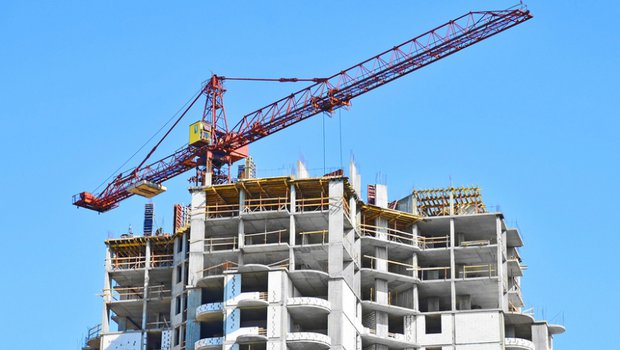5% GST without ITC – Impact on Buyers, Builders and Exchequer
By, Anuj Puri, Chairman – ANAROCK Property Consultants
The keenly-awaited meeting of the Goods and Services Tax (GST) Council, which was supposed to deliver a final decision on the differential tax rates on real estate yesterday, hopes to reach a consensus on the 24th. This is a critical matter and the outcome will have a notable impact on real estate market sentiment.
The levying of 5% GST (without the benefit of input tax credit or ITC) can help boost homebuyers’ favourable disposition towards making a purchase decision. While it may not trigger the kind of massive housing sales which the industry sorely needs, it can make a difference.
The crux of the matter is the relative merits and demerits of two propositions – a flat 5% GST without ITC or a higher GST with ITC. If the Government decides on 5% GST without ITC, here are the impacts on different industry stakeholders:
Impact on Homebuyers
Lowering the GST rate can definitely provide a short-term boost for fence-sitting homebuyers to make purchase decisions. Even a marginal reduction in the overall cost of property purchase is a respite. For buyers, it is preferable if the council decides on a flat 5% GST rate without ITC for premium properties and 3% for affordable units. This would remove the ambiguity around the input tax credit.
Currently, despite a provision in place for receiving ITC, buyers are unsure about how and when they will receive this benefit. For instance, the ITC calculated on a property worth Rs. 5,000 and 1,000 sq. ft. in size is Rs. 1,80,000.
However, this is a notional benefit at best and depends entirely on if and when the builder passes it on to them. It is a fairly big amount for the largest segment of potential homebuyers and ignorance about the exact transmission mechanism and timeline is not helpful. Therefore, a flat 5% GST without ITC is the best option for buyers.
Impact on Developers
Even a small increase in sales on the back of reduced GST will give some relief to developers’ funding issues by catalysing sales to some degree. To that extent, developers will see some improvement in their balance sheets.
However, for builders to reap the maximum benefit when GST is reduced to 5% without input cost, the prevailing GST on input costs like cement and steel must also be reduced significantly. Currently, GST for cement is 28% – the highest among all materials. Given that cement is a major raw material in construction, a reduction in its applicable GST rate will a bigger benefit to buyers.
Without lowering the GST on major raw materials, builders may either resort to illegal ways of purchasing materials or, if they do opt for the legal route, pass the higher cost on to the consumers.
Impact on Government Exchequer
For the exchequer, a rise in housing sales obviously equals extra funds into the Government coffers. The current 12% GST is prompting buyers to opt for ready-to-move-in properties which are exempt from this high tax. A move to slash GST rates to 5% will help attract more buyers to under-construction properties, on which stamp duty and registration can be charged.




